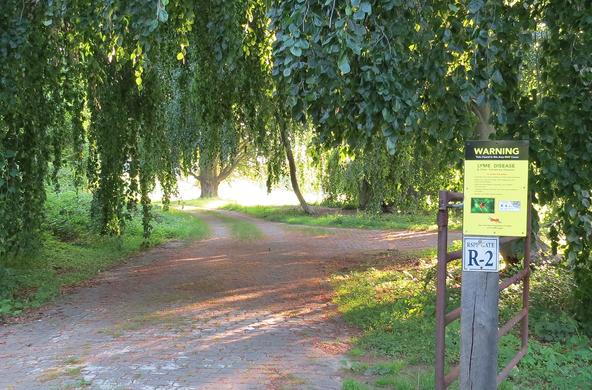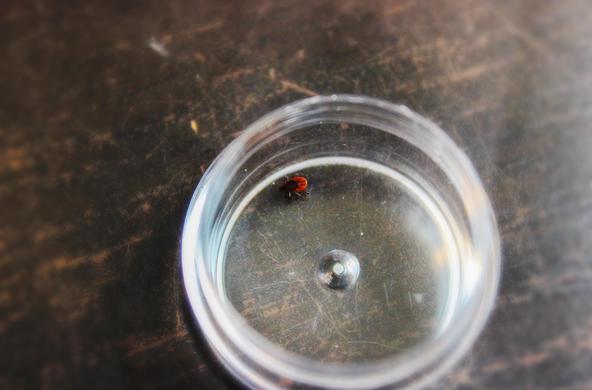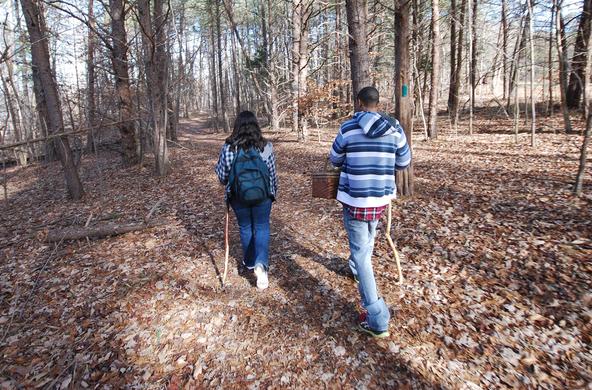As climate change brings warmer spring temperatures and milder autumns to the northeastern US, blacklegged ticks are emerging earlier and feeding longer. They are also expanding their ranges northward – putting new regions at risk.
The rapid expansion of Lyme disease cases reported since the 1990s has led the EPA to track this tick-borne illness as one of their key Health and Society Climate Change Indicators. Because ticks spend most of their lives on the forest floor – where temperature and humidity shape their survival – they are sensitive to changes in the climate.
The problem
- The CDC reports that Lyme disease ‘hot spots’ in the Northeast and upper Midwest have increased by more than 320% between 1993 and 2012.
- At the same time, the number of US counties reporting blacklegged ticks has more than doubled over the past twenty years.
- Nymphal ticks – which pose the greatest risk to people – are emerging and looking for blood meals earlier in the spring.
- Adult ticks are active later into the fall, and even on winter days that are above freezing.
We are exploring...
- How soil microclimate shapes the survival of ticks at each life stage.
- How climate tracks with the emergence of nymphal ticks in the spring.
- The development of models that can forecast the future range of both blacklegged ticks and the diseases they carry under predicted climate change scenarios.
Our discoveries
We’ve determined that climate warming is linked to the earlier appearance of larval and nymphal ticks, which could result in higher rates of exposure earlier in the spring, before people are forewarned and prepared. In New York State, May is Lyme Disease Awareness Month. Unfortunately, by May, tick activity is already in full swing. To maximize public safety, awareness campaigns should begin earlier and focus on the hearty nature of ticks.
“Our records from 25 years of data from Dutchess County, NY show that ticks are emerging earlier each spring and sticking around into late fall. The bottom line: any time the temperatures are above freezing, tick bites are possible when we are outdoors. We’ve even seen tick activity in February.”
Rick Ostfeld
Cary scientists Rick Ostfeld and Shannon LaDeau are currently working on a five-year study looking at the effects of climate change on blacklegged ticks on military bases. The project, funded by the US Department of Defense’s Strategic Environmental Research and Development Program (SERDP), focuses on West Point in southern New York, Fort Drum in northern New York, and Camp Lejeune in coastal North Carolina. Each base is situated at different latitude, with distinct climate conditions. Researchers are monitoring tick survival, reproduction, and feeding behavior – along with climate data – at each site.
“Ultimately, this project will help us develop models that let us forecast tick-borne disease emergence in the face of climate change. By pinpointing where ticks are spreading, and what disease they are carrying, we can better prepare the public health community to protect citizens and military personnel.”
Shannon LaDeau




